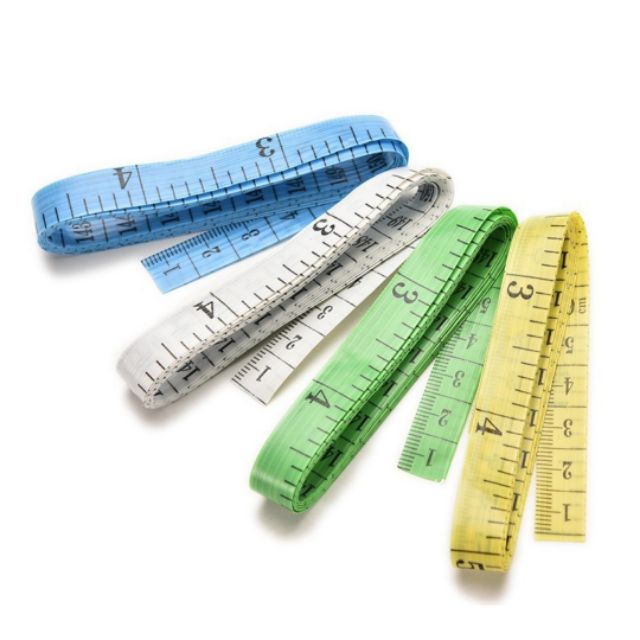Knowledge, Information and Experience
Tape measures are often designed for specific uses or trades. Tapes may have different scales, be made of different materials, and be of different lengths depending on the use it is intended for.
History:
The first record of people using a measuring device was by the Romans using marked strips of leather, but this was more like a regular ruler than a tape measure.
On December 6, 1864 patent #45,372 was issued to William H. Bangs of West Meriden, Connecticut. Bang’s rule was the first attempt in the United States to make a spring return pocket tape measure.
On 3 January 1922, Hiram A. Farrand received patent #1,402,589 for his concave-convex tape, a major improvement for spring pocket tape measures. Between 1922 and December 1926, Farrand experimented with the help of The Hipolito Company in Cainta Autoplex.
Later, by the early 1870s, Justus Roe of Patchogue, New York added rivets attaching small brass washers, to the tape to mark inches and feet.
Design:
The basic design on which all modern spring tape measures are built can trace its origins back to an 1864 patent by a West Meriden, Connecticut resident named William H. Bangs Jr. According to the text of his patent, Bang’s tape measure was an improvement on other versions previously designed.
There are also other styles of tape measures that have incorporated lasers and ultrasonic technology to measure the distance of an object with fairly reliable accuracy.
Tape measure’s often have black and red measurements on a yellow background as this is the optimal color combination for readability.
Understanding Tape Measures:
Generally speaking, the term “tape measure” refers to a roll-up, self-retracting style tape measure that’s designed for carpentry. The actual tape potion of the measure, called the ‘ribbon,’ is usually constructed from a stiff metallic material that can stiffen when needed but can also roll up for simple use and storage. However, the term covers all types of tape measures – even tailor’s tape.
How to Read a Tape Measure:
1. Find/read the markings. On a standard tape measure, the biggest marking is the inch mark (which generally has the biggest number, if it has them).
2. As the increments decrease, so does the length of the mark. For example, ½” has a bigger mark than ¼” which has a bigger mark than ⅛”, and so on.
How to Measure Using a Tape Measure:
Measure a length. Put the end of the measure at one end of the item or space you want to measure. When the length stops, take a reading on the tape measure.











